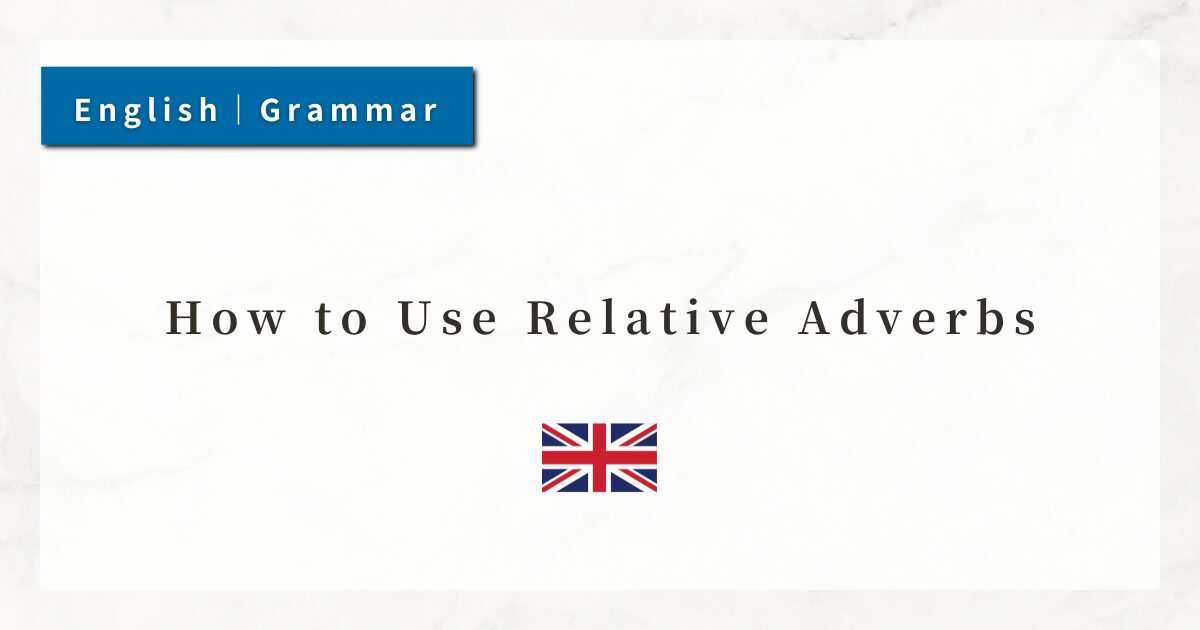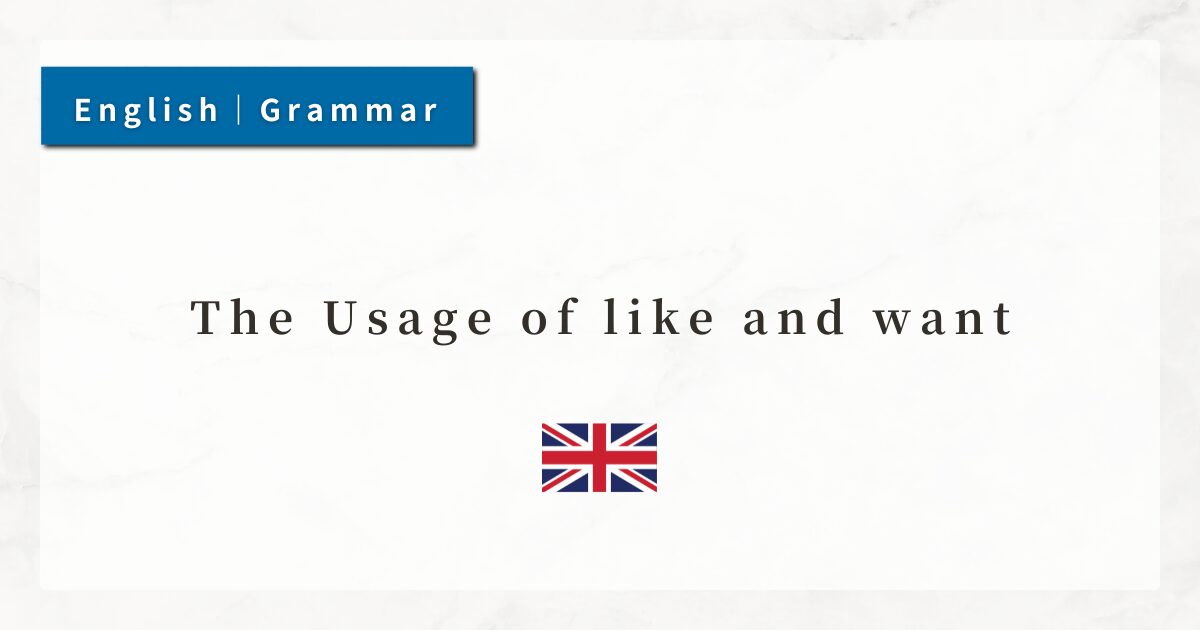#52 How to Use Relative Adverbs|Connecting Sentences with when / where / why

In English, relative adverbs are used to connect two sentences and add information such as “when,” “where,” or “why.” The most common relative adverbs are: when / where / why.
In this lesson, I will explain the basic rules of these relative adverbs and how to use them with example sentences.
1. What Are Relative Adverbs?
Relative adverbs connect two sentences and modify an antecedent (the noun that comes before them). They are used when the antecedent refers to time, place, or reason.
- This is the park where we played soccer.
Like relative pronouns (who, which, that), relative adverbs also connect sentences. However, their role is different: they add adverbial information about time, place, or reason.
2. How to Use when
The relative adverb “when” means “at the time when” and modifies nouns related to time.
Typical antecedents include words such as day, time, or moment.
- I remember the day when we first met.
- There are times when I feel lonely.
In both sentences, the clause after “when” explains what kind of day or times are being referred to.
3. How to Use where
The relative adverb “where” means “in the place where” and modifies nouns related to location.
- This is the café where I usually study.
- I know a place where you can relax.
Here, the clauses “where I usually study” and “where you can relax” explain “the café” and “a place,” respectively.
4. How to Use why
The relative adverb “why”means “for the reason why” and is normally used with the antecedent reason.
- That’s the reason why he left early.
- I don’t know the reason why she is angry.
5. Important Points When Using Relative Adverbs
5-1. Omission of Relative Adverbs
In everyday speech and writing, relative adverbs are often omitted.
- the reason why → the reason (that)
- the day when → the day (that)
In conversation, omitting them often sounds more natural and concise.
5-2. Difference from Relative Pronouns
Relative pronouns and relative adverbs serve different functions:
- Relative pronouns (which, that):
supply information about the subject or object. - Relative adverbs (when, where, why):
supply adverbial information about time, place, or reason.
Understanding this difference helps make sentence structures clearer.
5-3. Replacing with “Preposition + which”
In formal English, relative adverbs can be replaced with “preposition + which.”
- the day when → the day on which
- the place where → the place in which
- the reason why → the reason for which
6. Summary
- Relative adverbs = when / where / why
- when: “at the time when” → modifies nouns of time (the day when…)
- where: “in the place where” → modifies nouns of place (the place where…)
- why: “for the reason why” → modifies reason (the reason why…)
- They are often omitted in everyday English.
- In formal style, they can be replaced with “preposition + which.”




